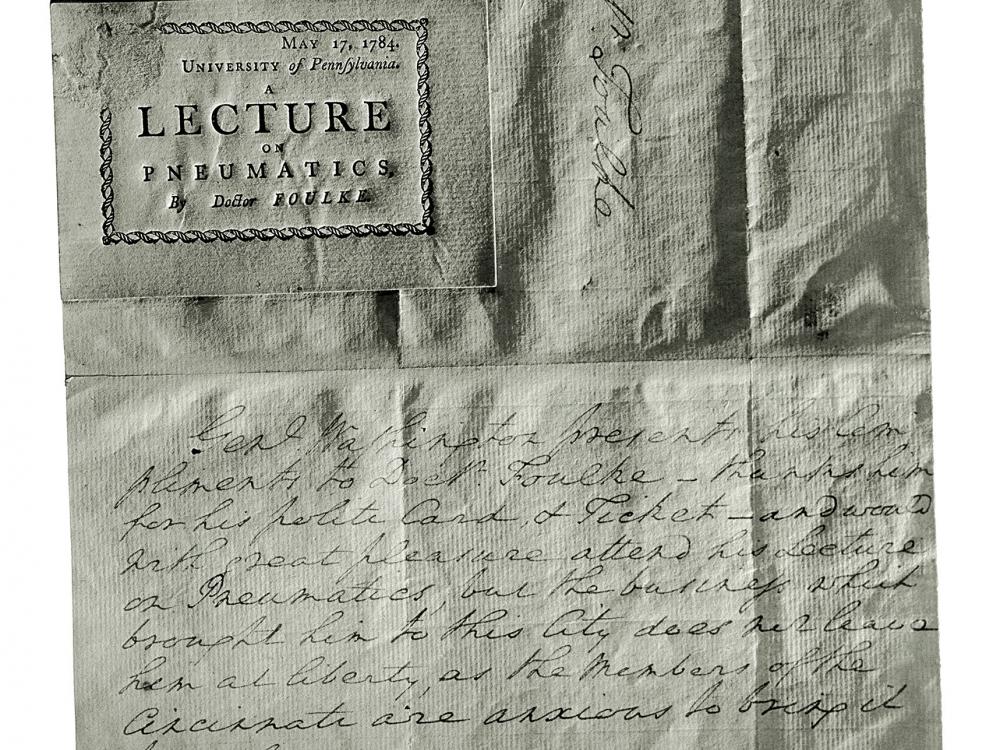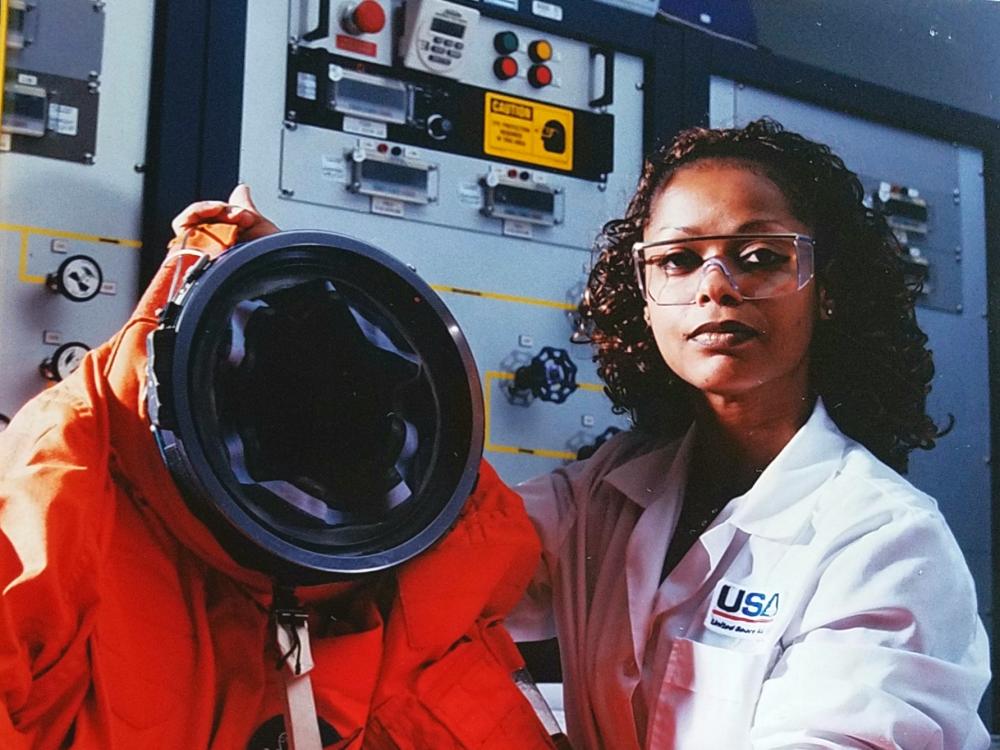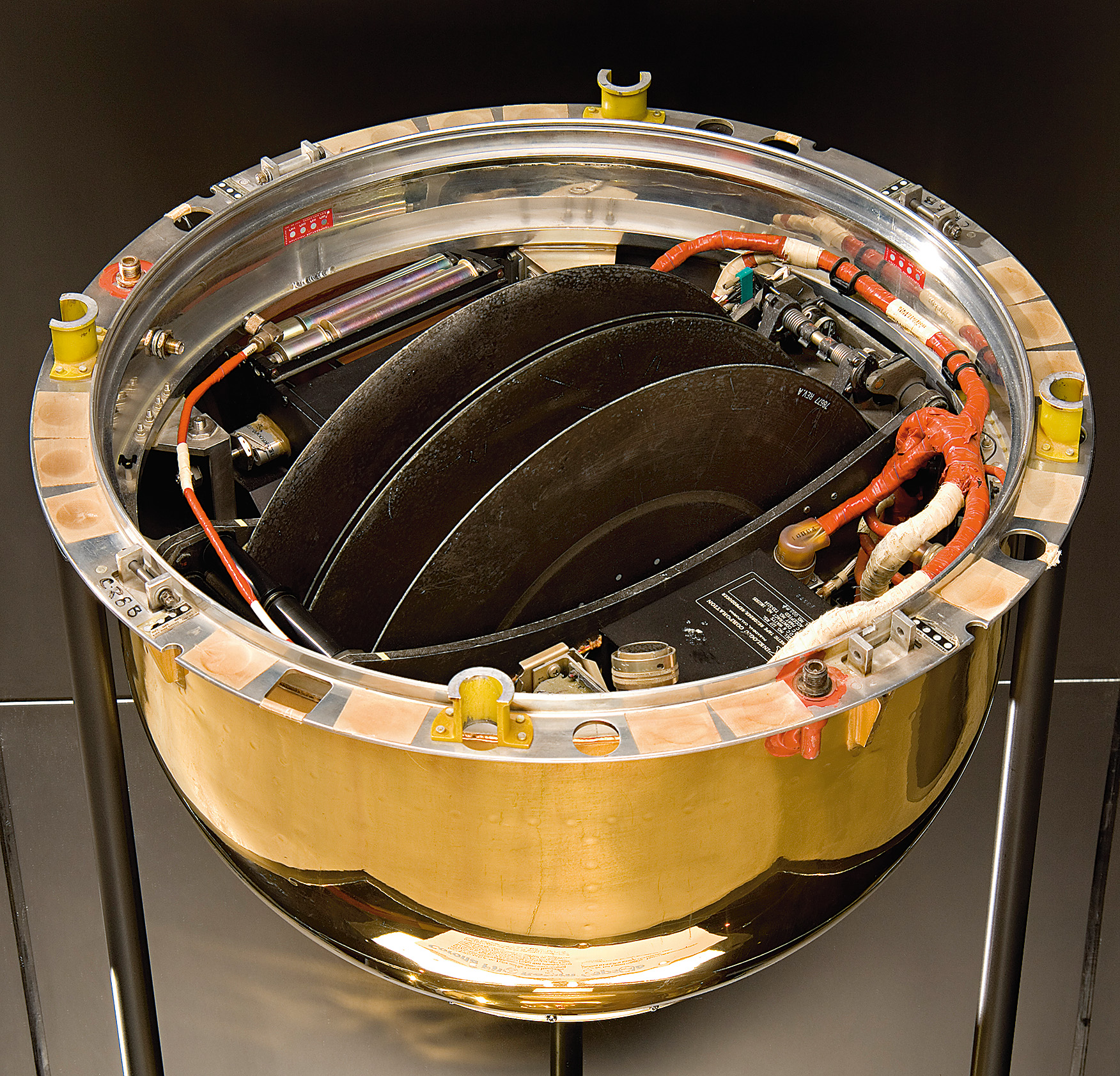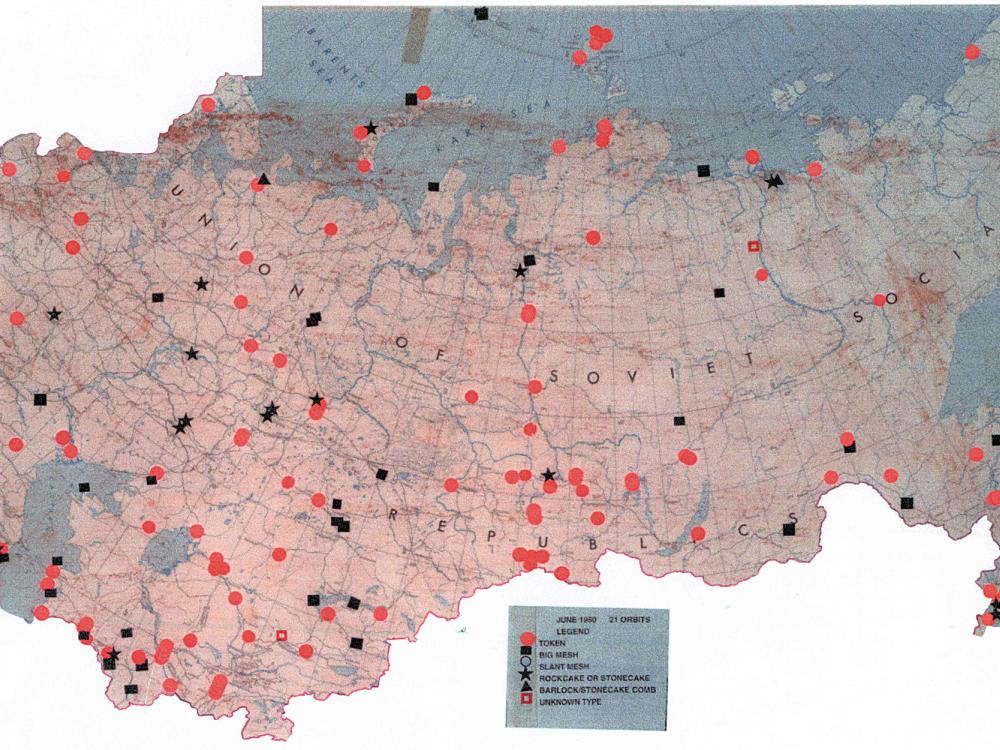
From George Washington to Abraham Lincoln, letters in our archives reveal interest from some of the nation’s earliest presidents in ballooning.

During the Civil War, both the Union Army and the Confederacy used balloons. This is the story of one unique balloon.

Frank Luke Jr. was an American pilot, whose short but impressive air combat career made him one of the top “balloon busters” of World War I.













